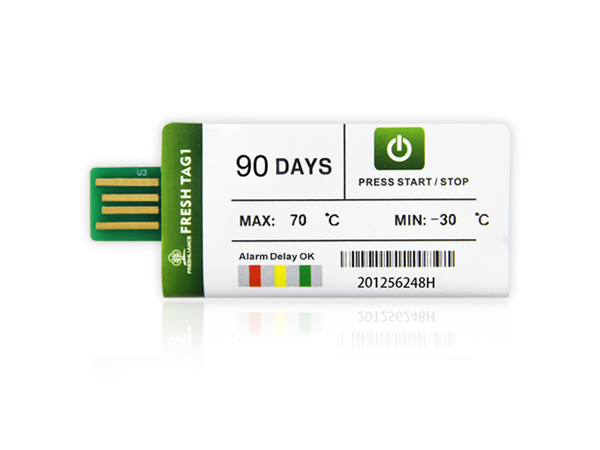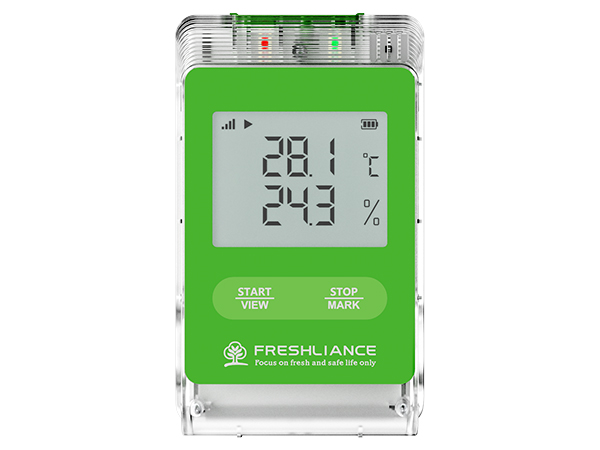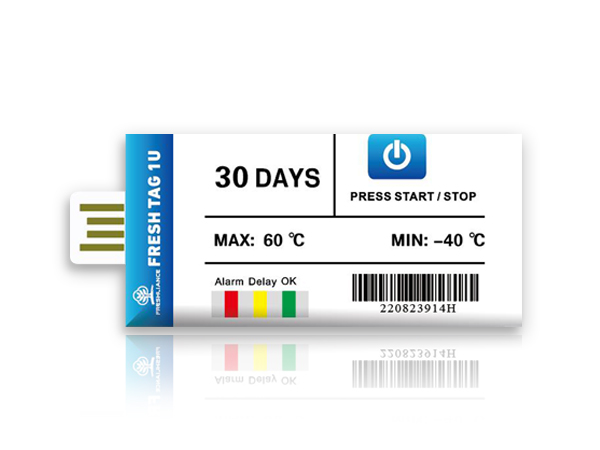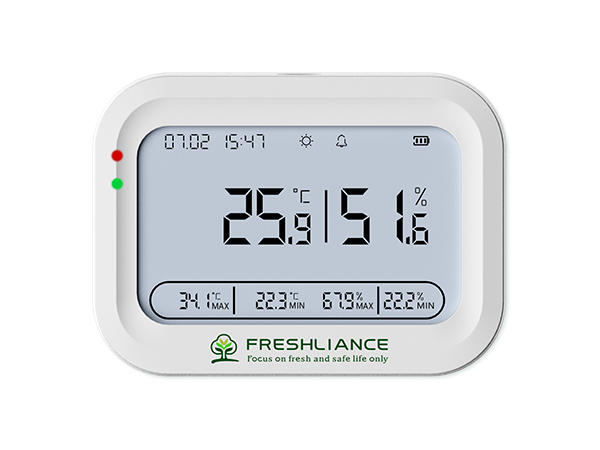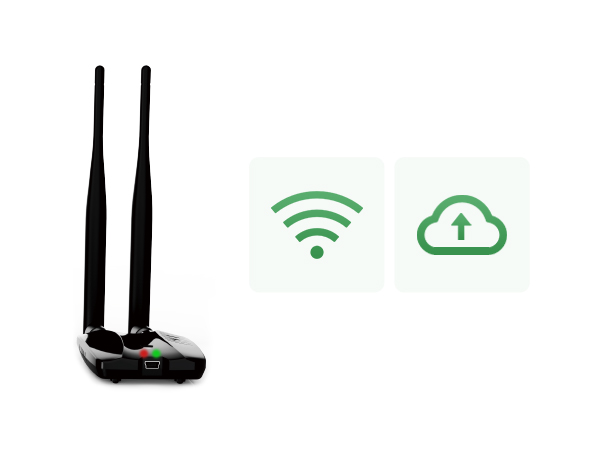Frozen cherries, blueberry, raspberry, peas, cauliflower, mushrooms, and corn are processed fruits & vegetables highly adopted by consumers. Frozen fruits have a good level of vital vitamins and useful antioxidants for the human body as fresh ones. Freshliance Blue Tag T10 Bluetooth wireless temperature sensor can be applied to monitor temperature during the cold chain of frozen vegetables and fruits to maintain their quality.
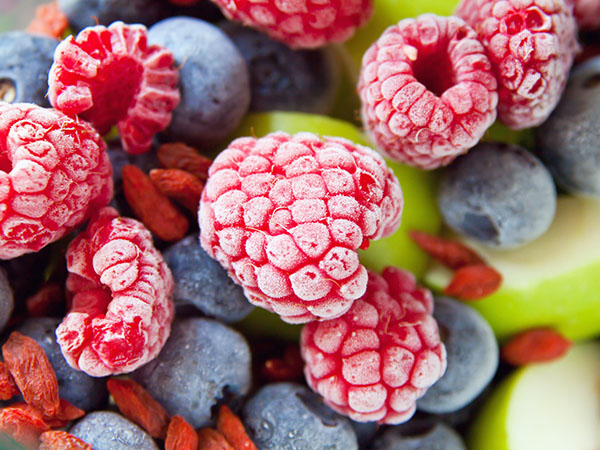
Fruits and vegetables are always healthy to consume and are rich in vitamins, minerals, and anti-oxidant that take care of health. However, there are situations when there is the least availability of fresh fruits and vegetables. In such situations, frozen fruits and vegetables are rapidly gaining traction among consumers as they offer a wide range of advantages over fresh produce. The technique employed in freezing fruits and vegetables assists in retaining the color, flavor and nutritive value of these products. It slows down the decomposition by turning the residual moisture into ice, which prevents the growth of bacteria. Frozen fruits and vegetables are also immune to spoilage that occurs on account of vigorous transportation and exposure to light, heat and dust. They offer numerous benefits which include low cost, easy preparation and availability during the off-season.
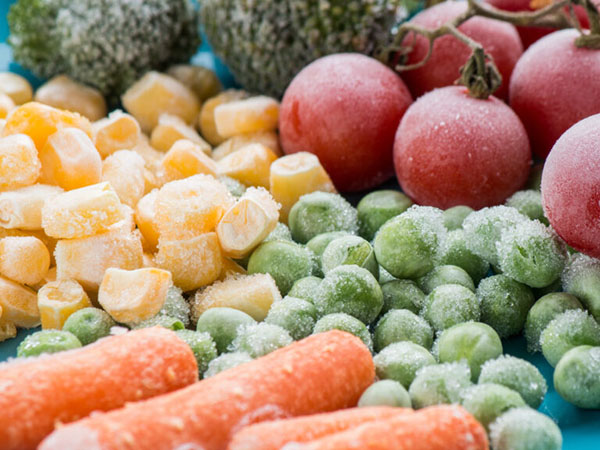
There are certain conditions that need to be followed when transporting frozen fruits and vegetables. Frozen fruits and vegetables should be kept at a minimum of -15°C. It is worth noting that certain fruits and vegetables will exhibit color changes after they are fully frozen; for example, broccoli will be an intense green on the bouquet, and carrots will be very orange. It should be noted that these it is also possible to “flash freeze” or “quick-freeze” products – in this case, the minimum temperature is -18°C. There is generally a 3°C tolerance on this due to expected fluctuations in temperatures when transferring products from one place to another, so for quick-frozen products, the minimum for a transfer period would be -15°C, and for all other frozen products -12°C. However, this lenience is not for extended periods of time in which the temperature goes above -15°C. Even at temperatures between -5°C and -12°C, the risk and rate of microbial growth will be very minimal.
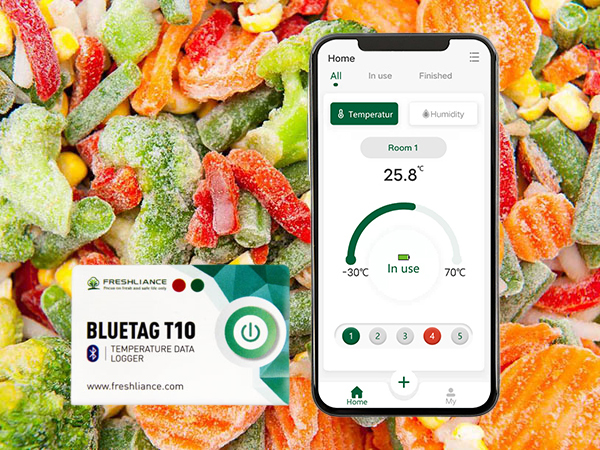
Temperature fluctuation can result in thawing or partial thawing of the goods. Frozen foods can be rejected by the end receiver if there has been any spoilage or damage to the goods during transit. Freshliance Blue Tag T10 bluetooth temperature sensor can gather temperature data to monitor the vegetables and fruits being shipped. Blue Tag T10 Bluetooth wireless temperature logger is a small, battery-powered electronic device, which makes it convenient for use during any type of shipping or transportation. You can stick this temperature sensor to the package. After downloading our T-Keeper APP in the Google Store and connecting the logger to the APP, you can add unlimited temperature recorders and preset all parameters on your phone, including alarm points, allowing transporters to know whether the temperature requirements are being met during the shipping. After the trip is finished, once the bluetooth temperature logger restores Bluetooth communication with the mobile phone, you can check data and reports on your phone without opening the box.

 English
English Español
Español Русский
Русский Français
Français Deutsch
Deutsch عربي
عربي 中文
中文